Are you looking to enhance your customer experience but not sure where to begin?
Understanding your customers’ thoughts and actions can be a complex puzzle, but fear not!
With the right tools and approach, you can tap into their world and create memorable interactions.
Enter the realm of customer journey mapping – a powerful strategy designed to help you unravel the mystery of your customer experiences.
We’ll explore what customer journey mapping is, how to create one, and why it’s essential for your business. Let’s dive in and uncover the secrets to transforming your customer journeys and fostering a customer-centric approach within your organization!
What is a customer journey map?
Before we begin, let’s talk about the customer journey itself. Customer journey is the path your customers take as they interact with your business, from the moment they discover your brand, to making a purchase, the customer onboarding process, and beyond.
Now, onto the customer journey map.
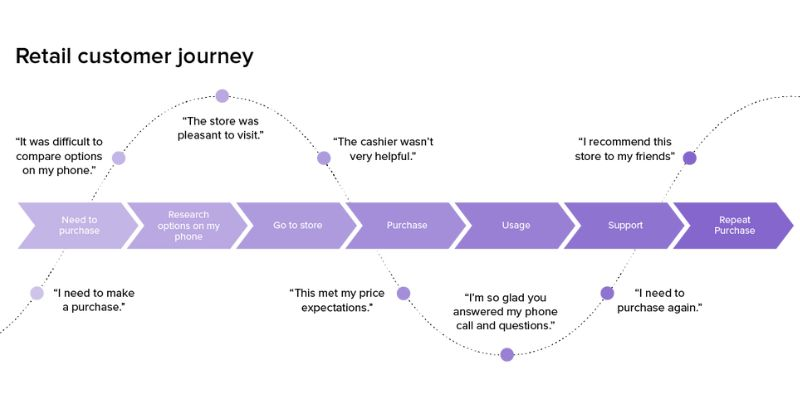
This helpful tool is a visual representation that illustrates your customer experience at each stage of their journey. Think of it as a bird’s eye view of their interactions with your business, giving you valuable insights into their needs, pain points, and emotions.
One key thing to remember is that the customer journey map is different from process flows. While process flows focus on the internal operations of your company, the customer journey map put you in your customers’ shoes, highlighting their perspectives throughout the process.
By creating and using customer journey maps, you can pinpoint areas to improve, tailor your marketing and sales strategies, and ultimately, enhance the overall customer experience. Not only does this make your customers happy, but it also drives business success.
The importance of customer journey mapping
The customer journey map is a powerful tool that can significantly aid in the growth of your company.
First things first: customer journey map enables you to identify potential improvement possibilities as well as the annoying pain points your consumers may experience. You can make your consumers’ experiences more pleasant and find solutions to these problems, which is always a win.
But, there’s still more! Customer happiness and retention are also improved by customer journey mapping. You can give customers the kind of individualized experiences they adore when you have a thorough understanding of their wants and preferences. And satisfied customers are more inclined to stay with you.
Last but not least, customer journey mapping assists in coordinating your company’s objectives and strategies with what actually matters: the wants of your clients. You’re placing your company on the path to long-term success by making the customer’s perspective the focal point of all you do.
The customer journey mapping process
Now that you’ve got a solid grasp of the concept of a customer journey map, it’s time to dive into the mapping process. Let’s break it down into easy-to-follow steps, so you can map out your customer journey like a pro.
Fasten your seat belts, as your adventure to the customer journey begins!
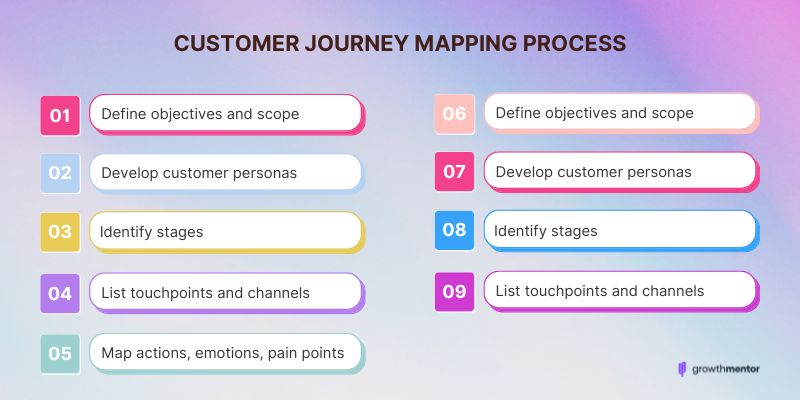
Step 1: Define objectives and scope
First up, you’ll want to set some clear goals for your customer journey map. Are you focusing on a specific product, service, or the overall brand experience? Decide on the scope and let that guide your mapping adventure.
Step 2: Develop customer personas
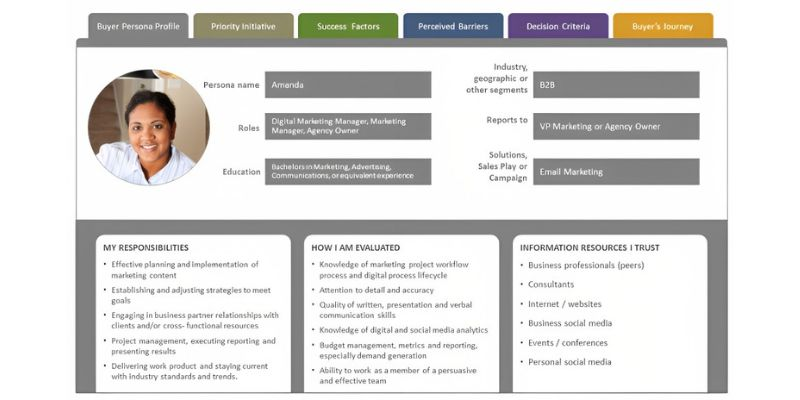
Next, create your detailed customer persona (or personas) that represent your target audience. Be sure to include demographics, behaviors, preferences, and pain points for each customer persona here, so you can really get into your customer’s shoes.
Step 3: Identify stages of the customer journeys
Break down the customer journey into distinct stages like Awareness, Consideration, Decision/Purchase, Post-Purchase Experience, and Loyalty/Advocacy. Keep in mind these stages might vary depending on your business or industry.
Step 4: List customer touchpoints and channels
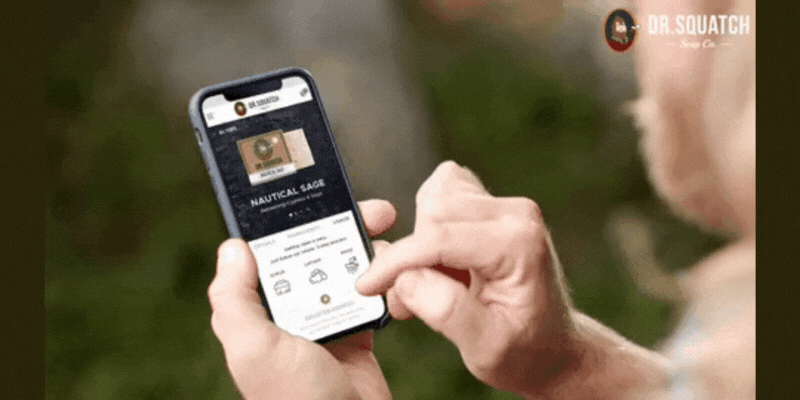
Now, identify all the touchpoints and channels where customers interact with your brand at each stage of the journey. This includes both online and offline channels where the customer interacts, such as websites, social media, in-store experiences, and customer support.
Step 5: Map customer actions, emotions, and pain points
For each touchpoint, document your customer interactions, emotions, and pain points. Understanding the factors that contribute to positive or negative experiences is crucial.
Step 6: Gather data and insights
Collect both quantitative and qualitative customer data, from various sources like surveys, interviews, website analytics, and customer support interactions. Use this data to validate and refine your customer journey map.
Step 7: Analyze and identify opportunities for improvement
Review your map to spot areas where you can improve the customer experience. Look for patterns, gaps, or inconsistencies in the customer’s journey that may be causing friction or dissatisfaction.
Step 8: Prioritize and implement changes
Choose improvements based on their potential impact, feasibility, and alignment with your business goals. Implement changes and monitor their effectiveness.
Step 9: Review and update the customer journey maps regularly
Continuously gather customer feedback and data to refine your new or existing customer journey map. Update it as needed to reflect changes in customer behavior, market trends, or business strategies. Keep your map fresh, and it’ll serve you well on your quest for customer success!
Data inputs for your customer journey map
When you’re creating a customer journey map, it’s crucial to gather relevant data to better understand your customers’ experiences. There are two main types of data you’ll want to collect: solicited and unsolicited.
Solicited data is the information you actively gather from customers, such as when you survey customers or interview them. This type of data helps you understand how customers feel about specific aspects of their buying journey and uncover any areas of concern.
Unsolicited data is the feedback customers provide without being prompted, like social media comments, online reviews, or customer support interactions. These insights can be invaluable in identifying customer pain points or areas where your business may be excelling.
To develop a comprehensive understanding of your customer experience, it’s important to use both types of data. This allows you to create a more accurate and detailed customer journey map that helps you identify areas for improvement and capitalize on your strengths.
Customer journey map templates
If you’re looking for some intel on a customer journey map template, worry not. I’ve got you covered.
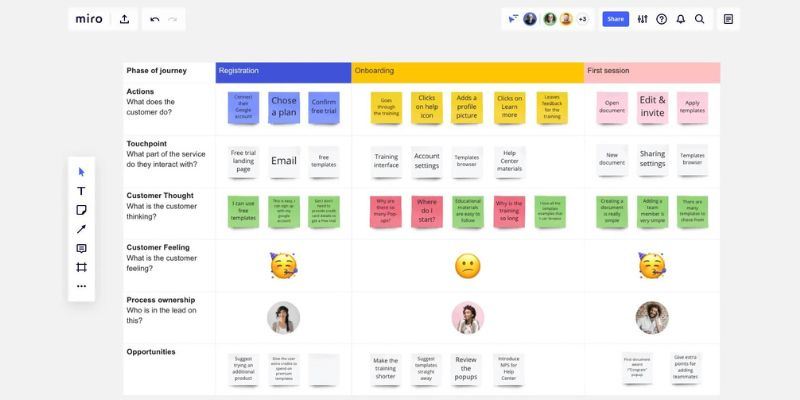
There are quite a few popular types when searching for a customer journey map template that can help you visualize your customer experience. Some of the big ones include Current State, Day in the Life, Future State, Service Blueprint, and Buyer Journey. Each of these templates serves a unique purpose and can help you better understand different aspects of your customer interactions with your business.
Selecting a suitable template for your business
Alright, so we’ve talked about the customer journey map template, but how do you pick the one that’s perfect for your business?
First and foremost, think about your unique buyer personas and touchpoints. You’ll want to choose a customer journey map template that can be customized to accurately represent all those lovely individuals who engage with your brand. Keep in mind that no two businesses are the same, so it’s essential to tailor the template to fit your specific needs.
Another key factor to consider is how you’ll visualize the customer journey. Look for a template that allows you to use graphics and charts to bring your customer journey design and map to life. This will not only make your map more visually appealing, but it’ll also help you and your team easily grasp the ins and outs of your customer experience.
Remember, selecting a suitable template for your business is all about finding that perfect balance between customization, visualization, and understanding your unique target customer personas, and touchpoints. Once you’ve got that down, you’ll be well on your way to creating a customer journey map that truly reflects your customers’ experiences.
Tools and resources for customer journey mapping
Building a customer journey map is a team effort that frequently needs participation from various departments inside your company. There are a number of tools and resources available that can make this process more effective and visually appealing.
- UXPressia: UXPressia provides a range of capabilities for customer journey mapping, such as buyer persona development and user journey analytics. You can simply share visually beautiful maps with your team thanks to its user-friendly interface.
- Smaply: Smaply is another popular option for mapping the buyer journey. It focuses on service design and provides a variety of tools, such as stakeholder and persona mapping, to assist you in visualizing and analyzing the customer experience from many angles.
- Miro: Miro is a tool for online collaboration and collaborative whiteboarding that is ideal for making customer journey maps. It streamlines the mapping process with its large collection of templates and simple real-time team collaboration features.
- Lucidchart: Known for its powerful diagramming capabilities, Lucidchart also offers customer journey mapping tools. Custom maps may be made, team members can communicate, and even integration with Microsoft Office and Google Drive is possible.
- Mural: Mural is an extra tool for online collaboration that promotes visual thinking. It’s a fantastic choice for developing customer journey maps because it provides a huge library of templates and allows you to collaborate with your team in real-time.
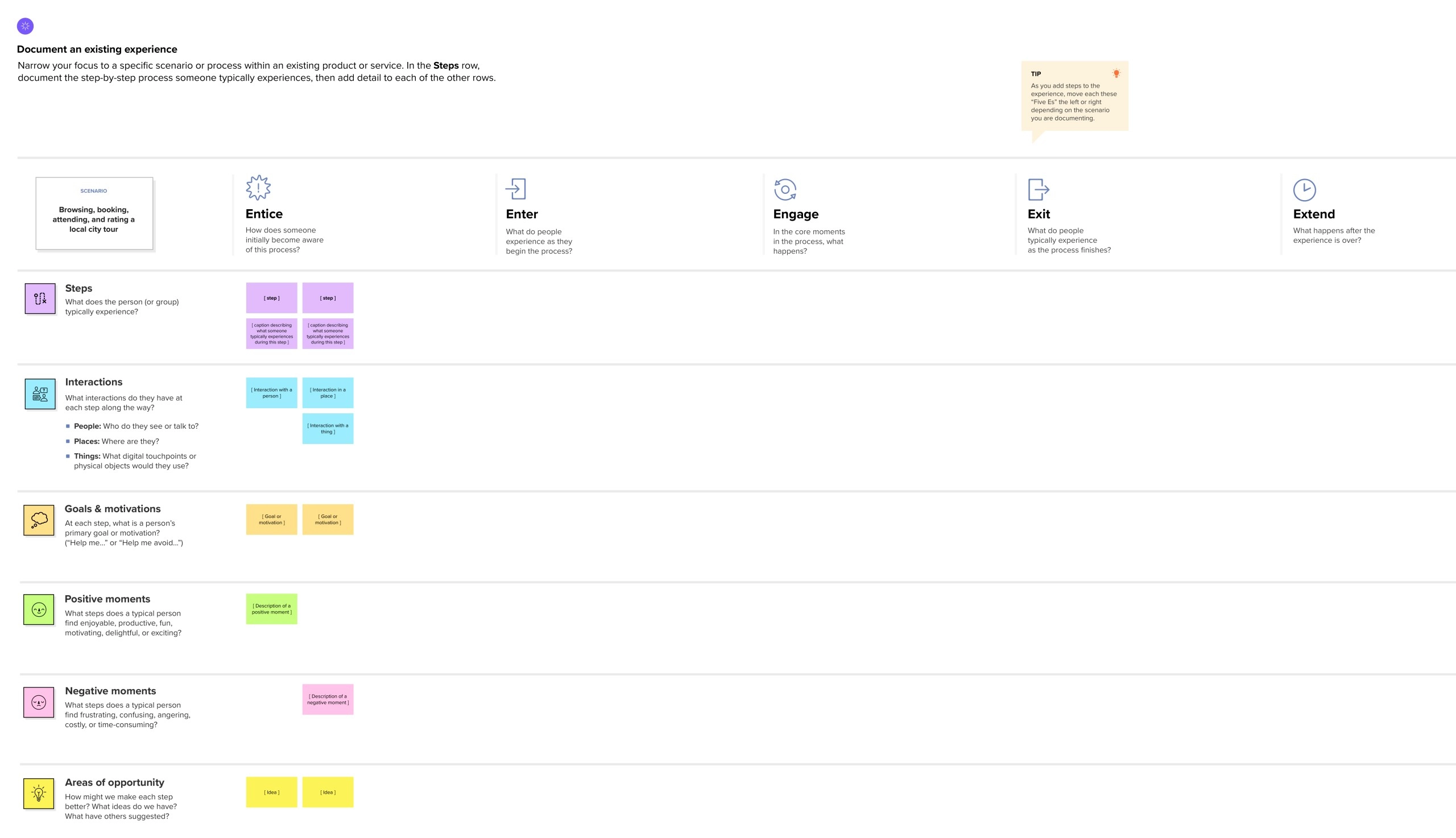
Tip: When working on your customer journey map, don’t forget to involve cross-functional teams to gather insights and expertise from different departments. This will enable you to produce a map that is more comprehensive and accurate that truly reflects the entire customer journey.
How to improve a customer journey map
Improving the customer journey is key to enhancing customer satisfaction and ultimately, business success. Here are some tips on how to do it:
1. Take stock and take action
Regularly reviewing and updating customer journey maps, identifying areas for improvement, and prioritizing changes based on potential impact and feasibility are crucial steps to improve the customer journey. By regularly assessing the customer journey map, businesses can ensure that they are meeting their customer’s needs and addressing any pain points.
2. Orchestrate your customer journey map
Ensuring seamless transitions between customer touchpoints and channels and creating a consistent and cohesive customer experience is important to improve the customer journey. By aligning touchpoints and channels, businesses can make the customer journey more fluid, efficient, and enjoyable.
3. Improve your employee experience
Empowering employees with the right tools, training, and support is essential to provide a better customer experience. Recognizing the link between employee satisfaction and customer satisfaction, businesses can focus on improving employee experience to improve the customer journey. By training employees and providing them with the necessary resources, businesses can ensure that they are providing top-notch customer service teams to their customers.
Final thoughts
So there you have it, everything you need to know about customer journey map!
By creating and regularly updating your customer journey maps, you can improve customer experience, satisfaction, and retention, align business strategies with customer needs, and ultimately drive long-term success.
So why wait? Invest in an effective customer journey map for your business today and start reaping the benefits!
And if you need support, book a call with our mentors who can work with you to improve your customer journey map, and provide feedback.
Remember, creating an effective customer journey map is an ongoing process that requires continuous review and improvement.
Enjoy!
Frequently Asked Questions
A customer journey map is a visual representation of a customer’s experience with a brand, from initial contact to post-purchase.
Customer journey mapping helps businesses identify pain points, improve customer satisfaction, and align business strategies with customer needs.
Both solicited (surveys, interviews) and unsolicited (social media, customer support interactions) data can provide a comprehensive understanding of customer experience.
Regularly! As customer behavior and market trends evolve, it’s important to continuously gather feedback and data to refine your customer journey map.
Popular templates include Current State, Day in the Life, Future State, Service Blueprint, and Buyer’s Journey.
Software like UXPressia, Smaply, Miro, Lucidchart, and Mural can help you create and analyze customer journey maps.



